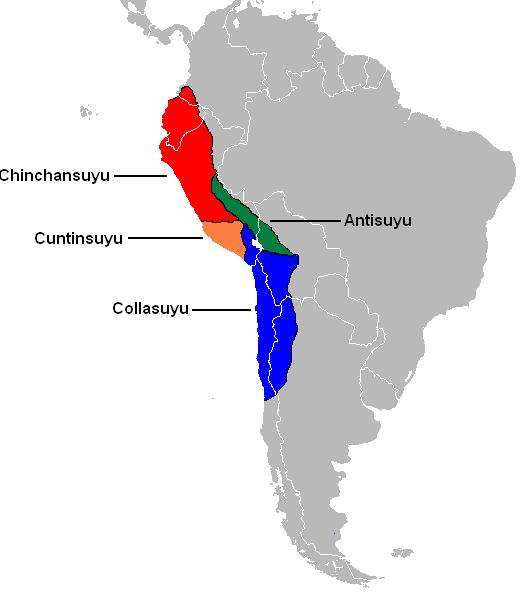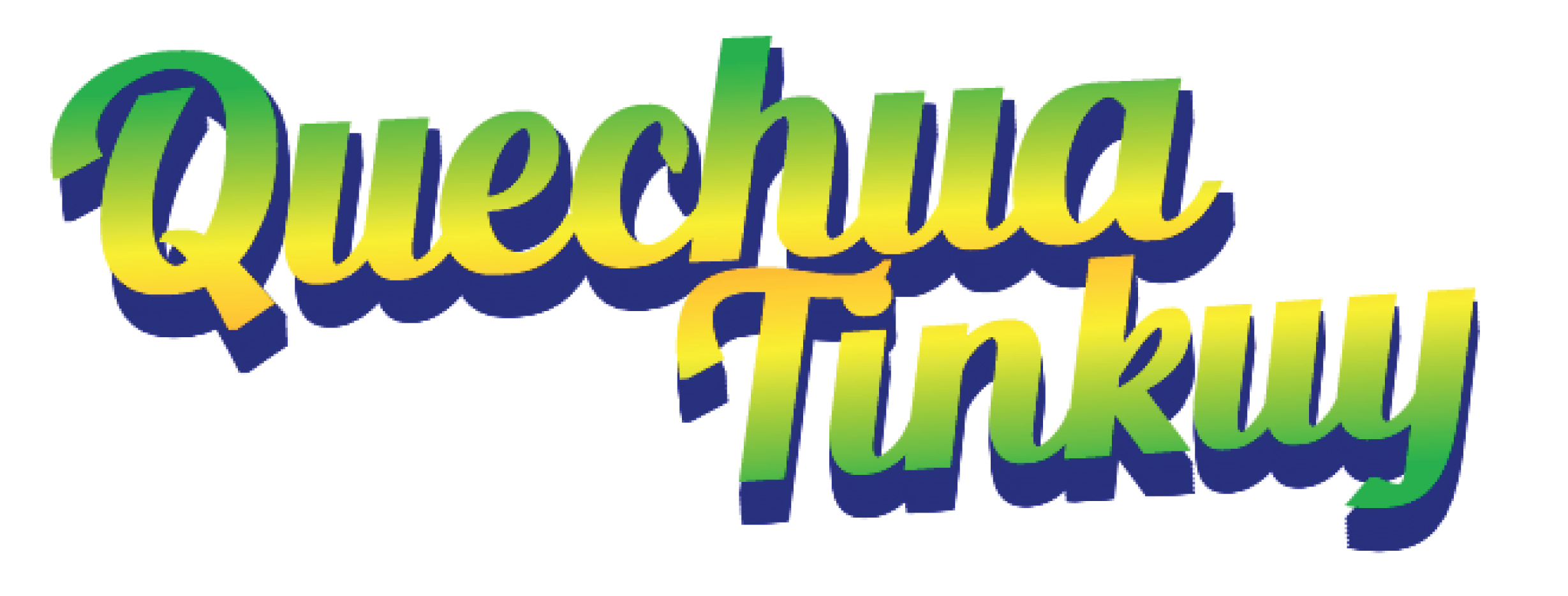The Cusco-Callao variety of the Quechua language family is spoken in Peru, Bolivia, Ecuador, Colombia, and Argentina. This variety extends from Cusco to Argentina, including Bolivia (see figure 1). Currently the Cusco-Collao variety of Quechua has at least 4 million speakers, for which it is considered the most spoken indigenous language in the Americas.

The Quechua language is recognized for its link with the Inca empire that occupied the Tawantinsuyu territory (see Figure 2), however, to date it is widely spoken. Quechua was adopted as the main form of communication in the 15th century when the Inca, Wayne Qapaq, defeated the Chanka village, adding more territories to the Tawantinsuyu. Like in other linguistic families, the Cusco-Collao variety is different to other varieties, its expansion began with the Chinchay culture and continued both with the Inca as well as the Spanish. When the Europeans invaded the Peruvian Andes, they adopted this dialect to spread Christianity. This was the last wave of expansion of the Quechua language, while at the same time, Spanish was gaining the position of the language of power that continues to today.

How to use this digital Quechua platform?
¿Imaynatan kaypi yachanchisman?
The teaching units in this platform are designed for an interactive language learning. Through multimedia resources such as audio, videos, and graphics, it gives an introduction to Quechua sounds, vocabulary, and grammar. It is important to mention that Quechua has a linguistic and cultural richness related to the Andes in South America and the population that has used it for centuries. UNESCO considers the language an endangered language due to the decrease in transmission to younger generations.
Quechua has large dialectal variety not only in Peru, but also in Bolivia, Argentina, Colombia, and Ecuador. With this platform, students will have the opportunity to explore the Cusco-Collao dialect. This dialect corresponds to the majority of the Southern Peruvian region, which is characterized by its occlusive pronunciation that we will practice in the exercises that allow the students to improve their speaking abilities. For this, we invite students to follow along with the exercises out loud and repeat them.
Through recordings of sounds and interactive exercises, we seek a better language learning process. In the same way, through videos and graphics, we seek to visualize relevant cultural characteristics. While this Quechua digital teaching platform includes interactive materials for Quechua instructors and/or students, this does not intend to be a substitute for real interaction with native speakers of the language.
This curriculum is made up of 15 units, and each has a general description, with a video or graphic that illustrates the vocabulary, grammar, and theme that the unit is about. The audios are designed so that the student attentively listens and, as practice, is invited to repeat the sequence to practice speaking, in the same way, the objective of the videos is to contextualize the theme of each unit, situating us in the spaces and aspects of the daily life in the Puca Puca and Quehuar communities.
Ready to begin this journey? Let's get started!
